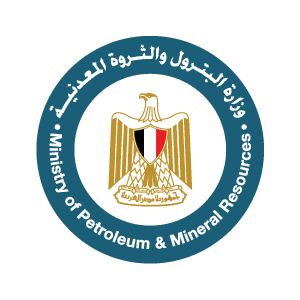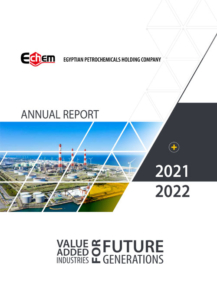Polypropylene
Often abbreviated as PP, it it stands as a cornerstone in polymer innovation, shaping various industries with its versatility and adaptability.
Overview of Polypropylene
Definition and Chemical Structure
Polypropylene is a thermoplastic polymer characterized by its linear structure, composed of repeating units of propylene monomers. Chemically, it is a saturated addition polymer, consisting of carbon and hydrogen atoms. Polypropylene is known for its high strength-to-weight ratio, excellent chemical resistance, and ability to be easily molded into various shapes.
Historical Background
The discovery of polypropylene dates back to the mid-20th century, with the pioneering work of Italian chemist Giulio Natta and German chemist Karl Ziegler, who developed catalysts for its synthesis. Commercial production of polypropylene commenced in the 1950s, marking the beginning of its widespread use across industries.
Properties of Polypropylene
Physical Properties
Appearance: Typically translucent or opaque, with a waxy texture
Density: Ranges from 0.895 to 0.92 g/cm³
Melting Point: Approximately 160-166°C (320-331°F)
Flexibility: Exhibits excellent flexibility and toughness
Chemical Properties
Chemical Resistance: Resistant to many chemical solvents, acids, and bases
Hydrophobicity: Naturally hydrophobic, repelling water and moisture
Thermal Stability: Maintains structural integrity at high temperatures
Applications of Polypropylene
Packaging Industry
Plastic Packaging
Polypropylene is widely used in the packaging industry to manufacture a diverse range of products, including bottles, containers, caps, and films. Its durability, lightweight nature, and ability to be molded into intricate shapes make it an ideal choice for packaging applications.
Automotive Sector
Interior Components
In the automotive sector, polypropylene is used to produce interior components such as dashboards, door panels, and seat components. Its high impact resistance, thermal stability, and cost-effectiveness make it a preferred material for automotive manufacturers.

Medical Field
Medical Devices
Polypropylene manufactures medical devices and equipment such as syringes, vials, and surgical instruments. Its biocompatibility, sterilizability, and resistance to chemical degradation are crucial attributes for medical applications.
Consumer Goods
Household Products
Polypropylene finds its way into various consumer goods, including household products such as storage containers, kitchenware, and furniture. Its affordability, durability, and ease of processing make it a popular choice among manufacturers and consumers.
Environmental Impact
Sustainability
Polypropylene is recyclable and can be repurposed into new products through processes such as mechanical recycling and chemical recycling. Efforts to increase recycling rates and develop sustainable alternatives contribute to reducing its environmental footprint.
Biodegradability
While polypropylene is not inherently biodegradable under typical environmental conditions, ongoing research focuses on developing biodegradable variants and improving degradation rates through bio-based additives and composting methods.

Future Prospects
Innovations in Material Science
Advancements in material science continue to drive innovation in polypropylene, leading to the development of enhanced grades with improved properties and functionalities. These innovations expand its applications and open new avenues for utilization across industries.
Circular Economy Initiatives
The shift towards a circular economy model fosters the recycling and reuse of polypropylene, reducing dependence on virgin materials and minimizing waste generation. Circular economy initiatives aim to create a closed-loop system where polypropylene retains its value throughout its lifecycle.

(FAQs)
What are the main properties of polypropylene?
Polypropylene is characterized by its high strength-to-weight ratio, chemical resistance, flexibility, and thermal stability. These properties make it suitable for a wide range of applications across industries.
What are the primary applications of polypropylene?
Polypropylene is used in diverse industries, including packaging, automotive, medical, and consumer goods. It is employed in products ranging from plastic packaging and automotive components to medical devices and household items.
Is polypropylene recyclable?
Yes, polypropylene is recyclable. It can be mechanically recycled into new products or chemically recycled to produce raw materials for manufacturing. Increasing recycling rates and implementing sustainable practices contribute to reducing its environmental impact.
How does polypropylene contribute to sustainability?
Polypropylene contributes to sustainability through its recyclability and potential for reuse. By promoting recycling initiatives and incorporating recycled polypropylene into new products, the environmental impact of polypropylene can be minimized.
What are the future trends in polypropylene?
Future trends in polypropylene include advancements in material science, innovations in recycling technologies, and the adoption of circular economy principles. These trends aim to enhance the sustainability, performance, and versatility of polypropylene for a wide range of applications.

Conclusion
Polypropylene stands at the forefront of polymer innovation, offering a multitude of applications across industries while paving the way for sustainable solutions. Its unique combination of properties, coupled with ongoing advancements in material science and recycling technologies, positions polypropylene as a key player in shaping tomorrow’s solutions with today’s polymer innovation.






